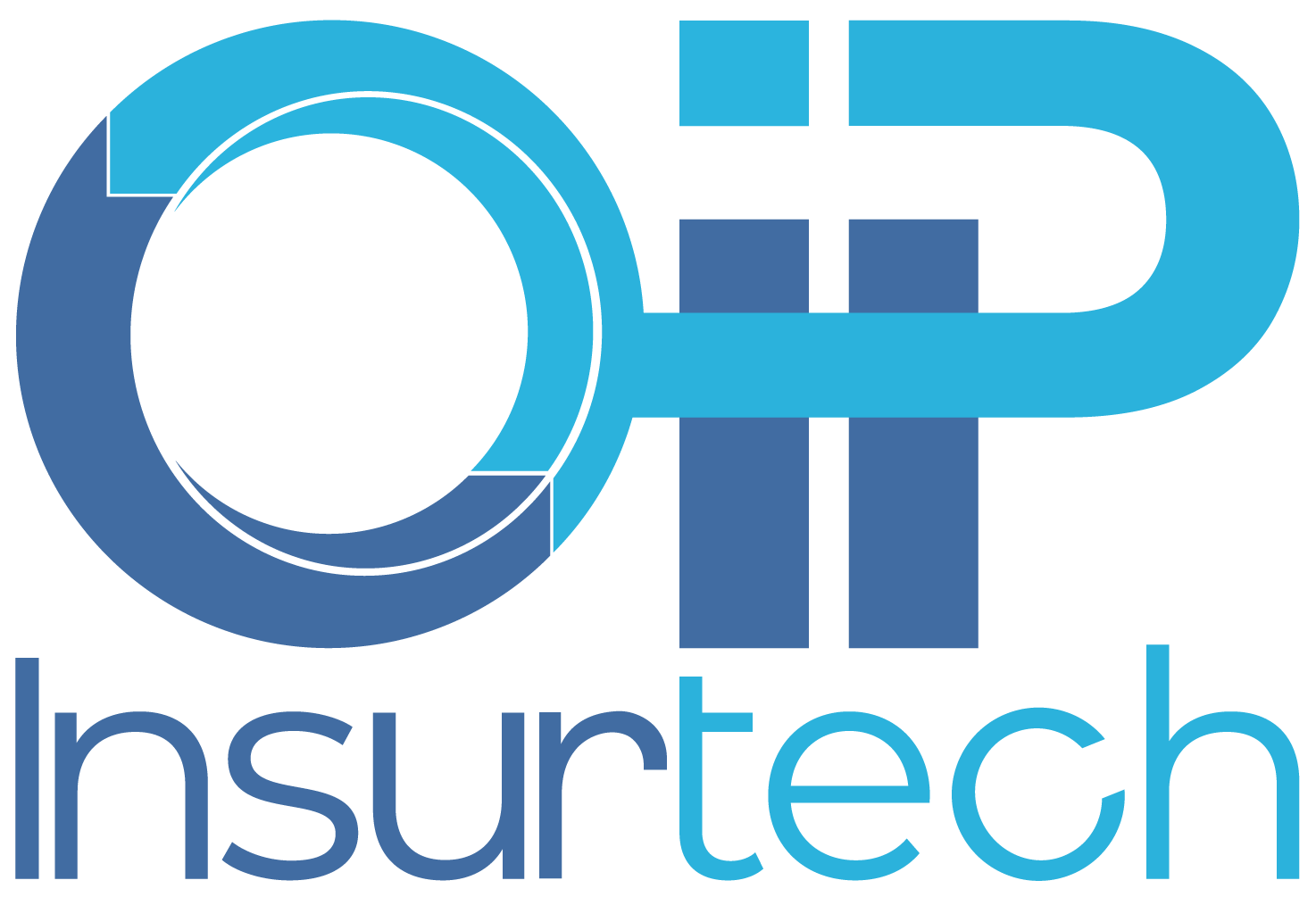Specialty Lines in 2030: Predictions for Underwriting, Distribution, and Tech
Once considered a niche segment focused on hard-to-place risks, specialty lines has become the most dynamic and profitable part of the market. By 2030, it will likely more than double in size, growing from roughly $110 billion in 2025 to over $215 billion, outpacing the broader commercial P&C market with a compound annual growth rate near 10%.
The reason is clear: the world’s risk profile is evolving faster than standard products can keep up. Emerging exposures such as cyber threats, climate-driven catastrophes, supply-chain breakdowns, and renewable-energy projects require new forms of coverage, faster pricing agility, and deep technical expertise.
If you want to know what the broader commercial insurance landscape will look like five years from now, look closely at specialty today. It’s where the industry’s next playbook is.
Partner with OIP Insurtech and be ready for 2030.

Specialty Lines Are Becoming the Growth Engine
These markets thrive on complexity. They use smaller, more agile underwriting teams, advanced data analytics, and flexible capacity arrangements to react quickly as risks evolve. The result is a segment that not only absorbs volatility but often converts it into opportunity.
At the center of this shift are MGAs and program administrators. Once seen as intermediaries, they now act as product designers, capacity managers, and data hubs, connecting underwriting expertise with capital in ways traditional carriers cannot. Their ability to launch new products, test appetite, and iterate quickly makes them the preferred model for innovation across both niche and emerging sectors.
According to Deloitte’s 2025 Global Insurance Outlook, specialty lines will outpace traditional P&C growth through the end of the decade, driven by complex commercial and emerging risks.
By the end of the decade, specialty lines won’t just be a profitable corner of the market. They’ll be the testing ground for the future of insurance, where new underwriting models, automation tools, and data-driven insights are developed before flowing back into the mainstream.
Underwriting 2030 – Human Judgment + Machine Precision
By 2030, underwriting in specialty lines will look radically different but not because humans disappear from the process. Instead, the most successful carriers and MGAs will strike a balance between machine precision and human judgment, blending automation with insight to make decisions faster, fairer, and more profitable.
Artificial intelligence will take over the mechanical parts of underwriting: document ingestion, data extraction, triage, and risk scoring. Submissions will arrive structured and enriched, not buried in emails and PDFs. AI copilots will run appetite checks, highlight data gaps, and even produce draft quotes based on pre-approved parameters. Underwriters will start each day closer to the decision, not the data cleanup.
Yet technology will not replace the need for experience. The next decade will see underwriters evolve into portfolio strategists, managing exceptions, analyzing patterns, and shaping book performance instead of manually rekeying data. Their role will evolve.
We are already seeing this shift firsthand across its clients. Underwriters supported by AI triage and document intelligence tools are dramatically reducing review times while improving decision quality
Explainable AI Becomes the New Standard
Advances in geospatial and climate analytics will make risk evaluation more accurate and localized. Computer vision and satellite data will redefine property and CAT exposure modeling.
Regulatory requirements, however, will demand that every automated decision remains explainable and traceable. Audit trails, model transparency, and fairness checks will be built directly into underwriting systems.
The competitive edge won’t come from simply owning AI tools. It will come from how well underwriters and machines work together. By 2030, the leaders in specialty will be those who can prove that their underwriting is faster, smarter, and consistent.
Distribution 2030 – API-First, Embedded, Always-On
The way specialty insurance reaches customers is transforming just as quickly as the underwriting behind it. By 2030, distribution will no longer rely on static broker channels and manual remarketing cycles. It will operate through open, API-driven ecosystems where products can be embedded, customized, and delivered instantly.
The rise of embedded and contextual insurance
Insurance is already moving closer to the point of need. By the end of the decade, specialty coverage will find its place in digital platforms – logistics portals, construction management tools, fintech apps, and procurement systems. Whether it’s cyber protection embedded in an MSP contract or parametric cargo insurance attached to a shipment, coverage will be triggered by context, not paperwork.
Analysts project that embedded insurance could exceed $700 billion in global GWP by 2030, growing more than fourfold as APIs allow real-time risk assessment and pricing within third-party ecosystems.
Brokers remain essential, but wired differently
Brokers will not disappear. They’ll evolve. Instead of relying on spreadsheets and email submissions, they’ll connect directly to MGAs and carriers via data standards and API marketplaces.
Real-time appetite matching, quote comparison, and status tracking will replace the traditional back-and-forth. Human advisory skills will become more valuable precisely because of the automated transactional work.
MGAs as distribution engines
MGAs and program administrators will sit at the center of this new network. They will operate as micro-platforms – product developers, capacity connectors, and data aggregators – offering APIs that plug their programs directly into broker systems, industry platforms, and even non-insurance workflows.
By 2030, distribution in specialty lines will look less like a linear chain and more like a connected marketplace, where data flows freely, underwriting happens in real time, and customers experience insurance as an invisible but constant layer of protection.
Compliance, Capital, and Credibility Become Differentiators
The race toward digital underwriting and instant distribution brings new rewards but also new risks. By 2030, the specialty market’s biggest differentiator won’t be speed or innovation alone. It will be credibility and the ability to prove that every decision, dataset, and workflow is secure, explainable, and compliant.
Governance is the new competitive edge
Regulators are already tightening scrutiny around AI-driven decision-making, data usage, and third-party risk. Over the next five years, those expectations will expand dramatically. Every underwriting decision, from appetite scoring to pricing, will need a clear audit trail showing how it was made, what data informed it, and whether bias or error could have occurred.
The DOJ’s Bulk Sensitive Data Rule is only the beginning. With penalties reaching into the millions and enforcement tied to national security standards, insurers and MGAs will be forced to map where their data lives, who accesses it, and under what jurisdiction. Compliance will shift from a legal function to a core operational discipline.
OIP Insurtech brings these principles to every process, from role-based access controls to audit-ready documentation, ensuring that automation never comes at the expense of compliance or transparency.

Capital partners demand discipline
Program carriers and reinsurers will reward MGAs that can demonstrate clean data lineage and operational transparency. Capital will increasingly flow toward those who can prove control. Having a smart product will matter less than showing that it’s underwritten responsibly, priced using validated models, and continuously monitored for emerging exposures.
Trust as a strategic asset
As automation and AI take over more underwriting functions, human trust becomes the foundation that holds it all together. The specialty players who thrive will be those who treat compliance not as bureaucracy but as brand protection. Partners who can show regulators, brokers, and investors that their systems are both intelligent and accountable.
By 2030, credibility will be currency. Those who can prove fairness, security, and reliability across their entire value chain won’t just avoid risk. They’ll win more capacity, attract stronger partners, and lead the next phase of specialty market growth.
How the Specialty Leader of 2030 Operates
By 2030, the most successful players in specialty insurance won’t be the biggest. They’ll be the most connected, transparent, and adaptable. Their edge will come from how seamlessly they blend technology, data, and human expertise into one operating model.
Automation that starts with intelligence, not endpoints
Every submission will be automatically triaged and enriched before an underwriter ever opens it. Data from brokers, IoT sensors, geospatial imagery, and third-party APIs will feed into real-time risk profiles.
Instead of spending hours collecting and cleaning information, underwriters will start at the point of decision – verifying, not rekeying.
Dynamic capacity and faster product cycles
MGAs will spin up and test programs in weeks, not quarters. Integrated data flows will allow program carriers and reinsurers to monitor performance live, enabling capacity adjustments on the fly.
This agility will turn specialty insurance from a static book into a living ecosystem that reacts instantly to new risks and opportunities.
Distribution without friction
Clients will access coverage wherever they are – through brokers, marketplaces, or embedded platforms. API-first design will ensure that specialty products can move across multiple channels simultaneously, with consistent data and pricing integrity.
Human judgment as the final differentiator
Despite all the automation, the underwriter remains at the center. Human expertise will still guide capacity deployment, negotiate complex placements, and interpret outlier risks. What changes is the ratio of effort: less manual process, more strategic thinking.
The specialty blueprint for the next decade
The specialty leader of 2030 will be the one who masters three things:
- Data clarity – knowing exactly what’s in their book, how it moves, and what it means.
- Operational discipline – every workflow automated, documented, and auditable.
- Human leadership – the culture, training, and insight to use technology responsibly.
Capgemini’s World Insurance Report found that insurers with fully digitized underwriting and data governance frameworks outperform peers by up to 30% in operating margins and customer retention.
Final Words
By the end of the decade, specialty lines won’t just mirror the rest of the market — it will define it. It’s industry’s where the industry’s next generation of underwriters, technologies, and business models will be born.
The lesson is simple: those building for 2030 today won’t just keep up with change — they’ll be the ones leading it.
Be ready for 2030 with OIP Insurtech as your partner along the way.
